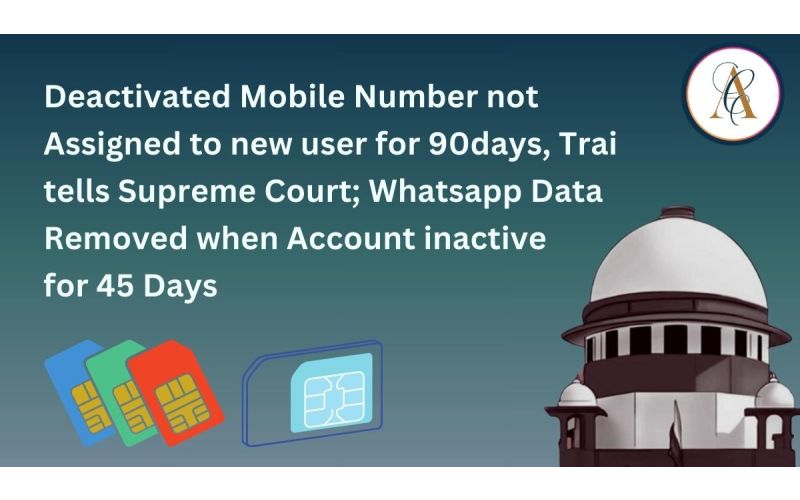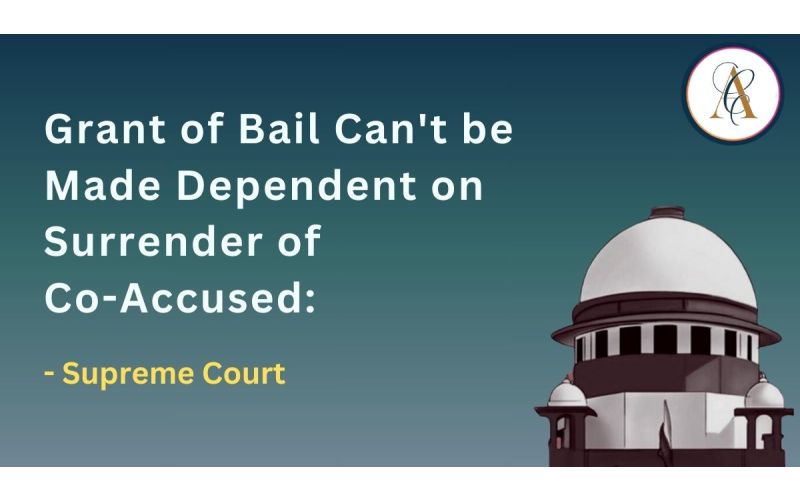Empowering Dispute Resolution: How Technology is Shaping the

Empowering Dispute Resolution: How Technology is Shaping the Future of ADR
🎯 The Role of Technology in Enhancing ADR Processes
The advent of technology has transformed virtually every industry, and the field of Alternative Dispute Resolution (ADR) is no exception. ADR processes, including mediation, arbitration, and negotiation, have traditionally relied on face-to-face interactions, extensive documentation, and manual processes. However, as technology continues to evolve, it is reshaping how disputes are resolved, making ADR more efficient, accessible, and effective. This article explores the role of technology in enhancing ADR processes and the implications for legal professionals and disputing parties.
1. 🌐 Increased Accessibility and Flexibility
One of the most significant contributions of technology to ADR is the increased accessibility and flexibility it offers. Traditional ADR processes often required physical presence, which could be a barrier for parties located in different geographic regions or with scheduling constraints. With the introduction of video conferencing tools like Zoom, Microsoft Teams, and specialized ADR platforms, parties can now participate in mediation or arbitration sessions remotely. This not only saves time and costs but also makes ADR more accessible to individuals and businesses, regardless of their location.
The flexibility offered by technology extends to scheduling as well. Disputing parties and mediators or arbitrators can coordinate sessions at times that are convenient for all involved, without the need for extensive travel. This has made ADR a more viable option for resolving disputes in a timely manner.
2. 📂 Streamlined Documentation and Case Management
Technology has also revolutionized how documentation and case management are handled in ADR processes. In the past, ADR involved substantial paperwork, from filing claims to exchanging evidence and legal documents. Today, digital tools and platforms allow for the secure upload, storage, and sharing of documents, significantly reducing the reliance on physical paperwork.
Case management software specifically designed for ADR allows mediators, arbitrators, and legal professionals to organize and track cases more efficiently. These platforms often include features such as automated reminders, document templates, and secure communication channels, which streamline the entire ADR process. This not only improves efficiency but also reduces the likelihood of errors or oversights that can occur with manual processes.
3. 🤖 Data Analytics and AI in Decision-Making
The integration of data analytics and artificial intelligence (AI) in ADR is an emerging trend that holds significant promise. AI can analyze vast amounts of data from previous cases, identifying patterns and trends that can inform decision-making in current disputes. For instance, AI-powered tools can provide insights into the likely outcomes of a case based on historical data, helping parties and mediators make more informed decisions.
In arbitration, AI can be used to assess evidence, predict case outcomes, and even assist in drafting decisions. While AI is not yet at a stage where it can replace human arbitrators or mediators, it can serve as a valuable tool to enhance the decision-making process, reduce bias, and ensure consistency in rulings.
4. 🔒 Enhanced Security and Confidentiality
Confidentiality is a cornerstone of ADR, and technology plays a crucial role in maintaining the security and privacy of the parties involved. Modern ADR platforms are equipped with robust encryption protocols to ensure that all communications and documents exchanged during the process are secure. Additionally, blockchain technology is being explored as a way to enhance the integrity and confidentiality of ADR proceedings. Blockchain's immutable ledger can provide a secure and transparent record of the entire ADR process, from the filing of claims to the final resolution.
For parties concerned about the privacy of their disputes, these technological advancements provide reassurance that their sensitive information is protected throughout the ADR process.
5. 🌍 Globalization of ADR
Technology has also contributed to the globalization of ADR. With the ability to conduct ADR processes online, parties from different countries can easily engage in mediation or arbitration without the need for international travel. This is particularly beneficial in cross-border disputes, where the parties may be subject to different legal systems and regulations.
Online ADR platforms can accommodate the needs of international parties by offering multilingual support, accommodating different time zones, and ensuring compliance with various legal frameworks. This has opened up new opportunities for resolving disputes that may have previously been difficult or impossible to address through traditional ADR methods.
6. 🚧 Challenges and Considerations
While the role of technology in enhancing ADR processes is undeniable, it is not without its challenges. The digital divide remains a significant barrier, as not all parties may have access to the necessary technology or the skills to use it effectively. Additionally, concerns about data privacy and the security of online platforms must be addressed to ensure that ADR processes remain confidential and secure.
Legal professionals must also consider the ethical implications of using AI and data analytics in ADR. The reliance on algorithms and automated decision-making tools raises questions about transparency, accountability, and the potential for bias. It is essential to strike a balance between leveraging technology to enhance ADR and ensuring that the fundamental principles of fairness and justice are upheld.
7. 📝 Conclusion
Technology is playing an increasingly important role in the evolution of ADR processes. From enhancing accessibility and flexibility to streamlining documentation, improving decision-making, and ensuring security, the benefits of integrating technology into ADR are clear. However, legal professionals must navigate the challenges and ethical considerations that come with these advancements to ensure that ADR remains an effective and fair method of dispute resolution.
As technology continues to advance, it is likely that the role of technology in ADR will continue to grow, offering new opportunities to improve the efficiency and effectiveness of dispute resolution. Legal professionals and disputing parties alike must stay informed and adaptable to these changes to fully leverage the potential of technology in ADR.
Post Categories
Featured Posts
Latest Posts
Latest Posts

Retired Employees Can t Claim Benefit Of Subsequent Govt Decision To Increase Retirement Age...
The Supreme Court has dismissed a petition filed by a group of teachers in Homeopathic Medical Colleges in Kerala seeking increase of their retirement age from years to years at par with the teachers of other Medical Colleges The...

Cheque Bounce Case Can Be Quashed U S Only If Amount Is Patently Non-Recoverable...
The Supreme Court observed that the question whether a cheque was issued towards a time barred debt is to be decided on evidence ldquo It is only in cases wherein an amount which is out and out non-recoverable towards which...

Deactivated Mobile Number Not Assigned To New User For Days TRAI Tells Supreme Court...
The Telecom Regulatory Authority of India TRAI has told the Supreme Court that once a cellular mobile telephone number is deactivated for non-usage or disconnected on the request of the subscriber it is not allocated to a new subscriber for...

Grant Of Bail Can't Be Made Dependent On Surrender Of Co-Accused Supreme Court...
A Division Bench of the Supreme Court while allowing a bail plea held that the grant of bail to a co-accused person cannot be contingent on the surrender of another accused who is also pertinently the main accused in the...

Buyer Not Complying With Timeline For Payment Can't Seek Specific Performance Of Agreement To...
The Supreme Court in a recent decision held that when a contract stipulates a specific time frame within which the consideration needs to be paid by the 'buyer' to execute the 'agreement to sale' by the 'seller' then the buyer...

Supreme Court Says MP MLA Can t Claim Immunity From Prosecution On Charges Of...
The seven-judge Constitution bench of the Supreme Court said it disagreed with the judgment in PV Narasimha and the judgment in PV Narasimha which grants immunity to legislators for allegedly bribery for casting a vote or speech has ldquo wide...

Speak With Our
Get a Appointment
















